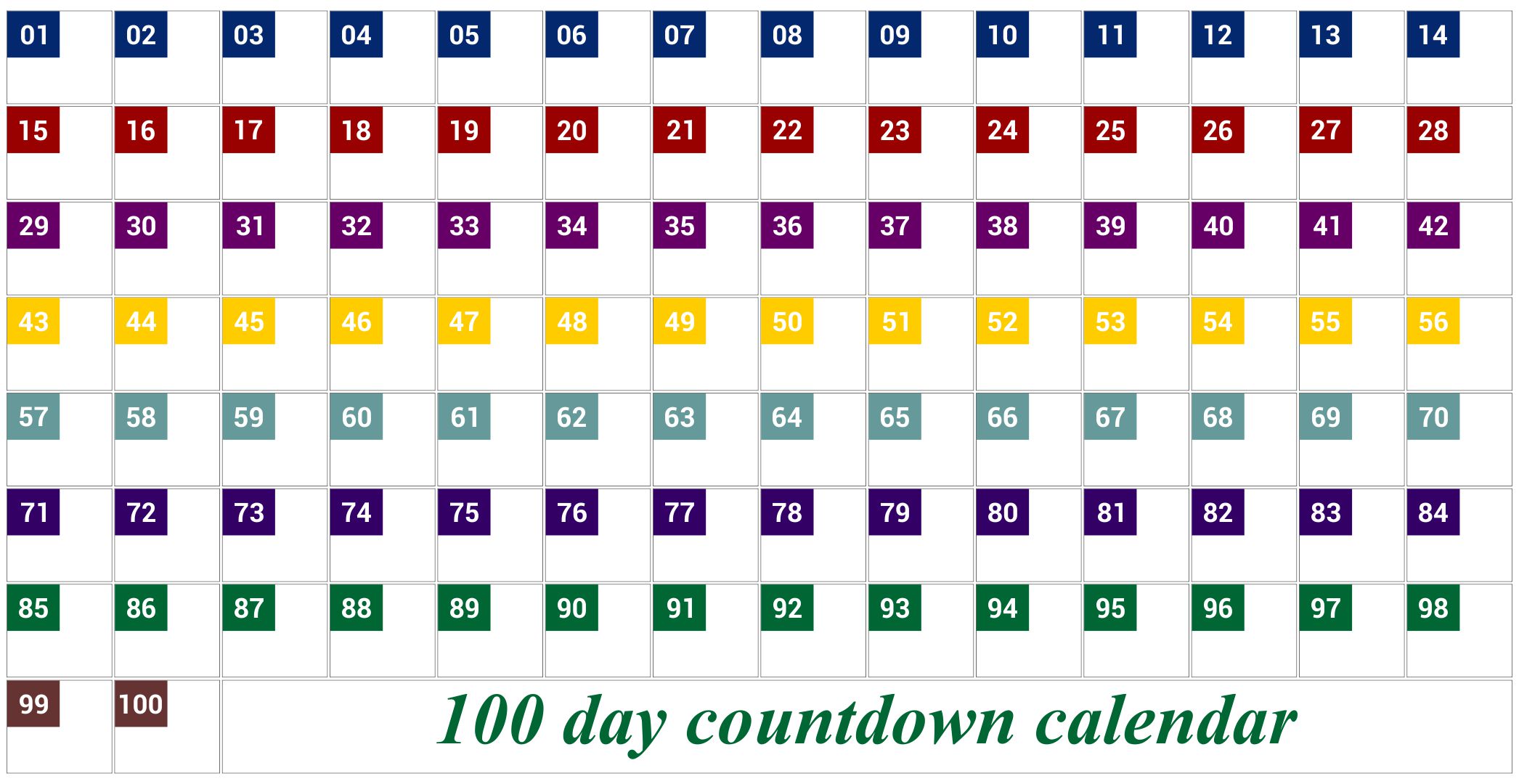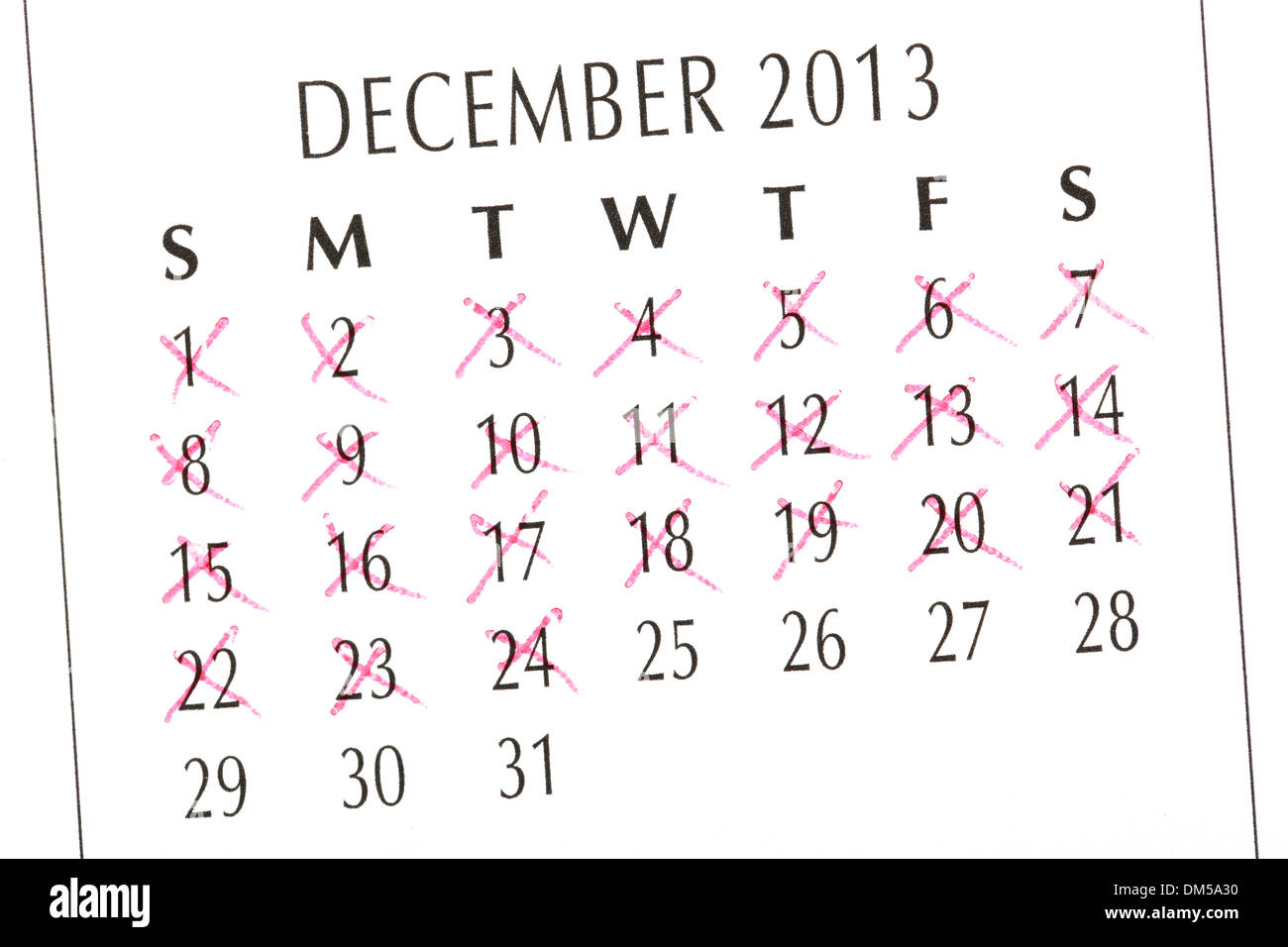Counting Calendar Days: A Complete Information to Date Arithmetic
Associated Articles: Counting Calendar Days: A Complete Information to Date Arithmetic
Introduction
With nice pleasure, we are going to discover the intriguing subject associated to Counting Calendar Days: A Complete Information to Date Arithmetic. Let’s weave attention-grabbing data and supply contemporary views to the readers.
Desk of Content material
Counting Calendar Days: A Complete Information to Date Arithmetic

Counting calendar days between two dates is a seemingly easy job, but it is surprisingly advanced once you delve into the intricacies of leap years, various month lengths, and totally different calendar programs. This text gives a complete exploration of the strategies used to precisely calculate the variety of days between dates, starting from easy guide calculations to stylish programming methods. We’ll additionally contact upon the historic context of calendar programs and their affect on date arithmetic.
Understanding the Problem: Past Easy Subtraction
The naive method – subtracting the sooner date from the later date – fails miserably as a result of irregular construction of the calendar. Months have various lengths (28-31 days), and the presence of leap years provides one other layer of complexity. A intercalary year, occurring each 4 years (apart from years divisible by 100 however not by 400), provides an additional day (February twenty ninth) to the calendar, considerably affecting the day rely. Due to this fact, correct calculation necessitates a extra nuanced understanding of calendar mechanics.
Guide Calculation Strategies: For Smaller Intervals
For comparatively small intervals between dates, guide calculation will be possible, albeit tedious. The method entails:
-
Figuring out the variety of days remaining within the beginning month: Subtract the beginning day from the overall variety of days in that month.
-
Calculating the variety of days within the intervening months: Add the variety of days in every full month between the beginning and ending months. Keep in mind to account for leap years.
-
Including the variety of days within the ending month: Depend the variety of days from the start of the ending month as much as the ending day.
-
Summing the outcomes: Add the outcomes from steps 1, 2, and three to acquire the overall variety of days.
Instance: Let’s calculate the variety of days between March fifteenth, 2023 and June tenth, 2023.
- Days remaining in March: 31 – 15 = 16 days
- Days in April: 30 days
- Days in Might: 31 days
- Days in June: 10 days
- Complete days: 16 + 30 + 31 + 10 = 87 days
This guide methodology turns into more and more impractical for bigger intervals or when coping with dates spanning a number of years. Errors are additionally simply launched, particularly when coping with leap years.
Leveraging Spreadsheet Software program: A Sensible Strategy
Spreadsheet software program like Microsoft Excel or Google Sheets affords built-in features to simplify date calculations. The DAYS operate (or equal) immediately calculates the distinction between two dates, robotically dealing with leap years and irregular month lengths. Merely enter the 2 dates into the operate, and the software program returns the distinction in days.
This methodology is considerably extra environment friendly and correct than guide calculation, particularly for bigger date ranges. Spreadsheet software program additionally permits for simple manipulation of dates and the creation of advanced date-based calculations inside a bigger spreadsheet context.
Programming Options: For Automation and Scalability
For giant-scale purposes or when coping with a excessive quantity of date calculations, programming is probably the most environment friendly method. Most programming languages supply libraries or built-in features for date and time manipulation. These features deal with the complexities of leap years and irregular month lengths, offering correct and dependable outcomes.
Python Instance:
Python’s datetime module gives strong instruments for date arithmetic. The next code snippet calculates the distinction between two dates:
from datetime import date
date1 = date(2023, 3, 15)
date2 = date(2023, 6, 10)
delta = date2 - date1
print(f"Variety of days between date1 and date2: delta.days")This code effectively calculates the distinction, offering a clear and correct outcome. Comparable functionalities exist in different languages like Java, C++, JavaScript, and lots of others.
Contemplating Completely different Calendar Programs:
The Gregorian calendar, broadly used at the moment, just isn’t the one calendar system in existence. Different calendars, such because the Julian calendar, Islamic calendar, and Hebrew calendar, have totally different guidelines for figuring out leap years and month lengths. Correct date arithmetic throughout totally different calendar programs requires cautious consideration of their distinctive traits. Conversion between calendar programs is usually vital and will be advanced, usually requiring specialised libraries or algorithms.
Purposes of Date Arithmetic:
Correct date arithmetic has quite a few purposes throughout numerous fields:
- Finance: Calculating curiosity accruals, mortgage repayments, and bond maturities.
- Healthcare: Monitoring affected person data, remedy schedules, and appointment scheduling.
- Undertaking Administration: Estimating mission durations, monitoring milestones, and useful resource allocation.
- Knowledge Evaluation: Analyzing time-series information, figuring out traits, and making predictions.
- Authorized: Figuring out deadlines, calculating statute of limitations, and managing authorized proceedings.
- Scientific Analysis: Analyzing temporal information in varied scientific disciplines.
Challenges and Issues:
Whereas the strategies mentioned above present correct outcomes for many eventualities, sure concerns are essential:
- Time Zones: When coping with dates throughout totally different time zones, the time distinction should be accounted for. Ignoring time zones can result in vital errors.
- Knowledge Validation: Making certain the accuracy and validity of enter dates is paramount. Error dealing with must be included to stop surprising outcomes because of invalid date codecs or values.
- Edge Circumstances: Thorough testing is critical to establish and deal with edge circumstances, similar to dates round leap years or the transition between calendar programs.
Conclusion:
Counting calendar days between two dates, whereas seemingly simple, requires cautious consideration to element. Guide calculation is appropriate for small intervals, whereas spreadsheet software program gives a sensible method for many purposes. For giant-scale purposes or advanced eventualities, programming gives probably the most environment friendly and correct resolution. Understanding the intricacies of various calendar programs and addressing potential challenges like time zones and information validation is essential for guaranteeing the accuracy and reliability of date arithmetic calculations. By using applicable strategies and punctiliously contemplating these elements, we will precisely and effectively decide the variety of days between any two dates.




![]()



Closure
Thus, we hope this text has supplied precious insights into Counting Calendar Days: A Complete Information to Date Arithmetic. We thanks for taking the time to learn this text. See you in our subsequent article!